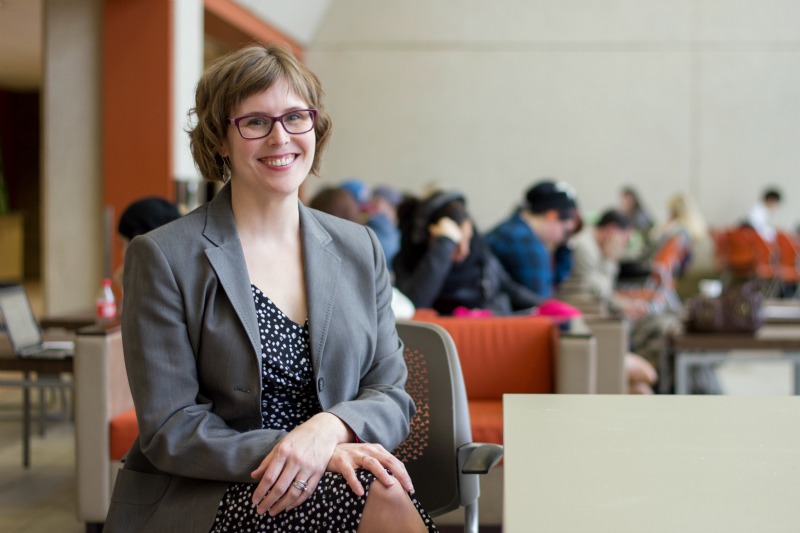Most people have stories about at least one really great teacher who helped bring out their best and connect with learning in a whole new way. The fact that we remember these teachers as exceptional suggests they brought something to the classroom that not all teachers demonstrate: the ability to motivate students.
Lia Daniels, a professor in the Department of Educational Psychology, hopes to better understand why not all teachers see motivating students as their responsibility. With the support of a Social Sciences and Humanities Research Council (SSHRC) Insight Grant, Daniels is conducting research among education undergraduates to explore why this disposition can form before they even start their careers.
“One of the things I found in my previous research was that preservice and practicing teachers report feeling low levels of responsibility for student motivation,” Daniels says.
“I’m curious to know why that is, particularly given that the motivation literature has lots of instructional strategies that have been shown to really enhance student motivation. So, it’s surprising that teachers don’t see that as one of their responsibilities.”
Daniels says a teacher’s sense of their relationship to student motivation could be shaped by a variety of perceptions about what their work entails and the kind of influence they wield as educators.
“It’s possible they think that student motivation is something beyond their control,” Daniels says. “A student comes in and loves math, they’re motivated, they’re going to do what they’re supposed to do. A student comes in and loathes math, they take it because they have to, so the teacher doesn’t see the quality of that motivation as something they can change or improve.”
Getting SMaRT about student motivation
The grant will fund a five-year project, which Daniels calls the Student Motivation and Responsible Teachers (SMaRT) Research Program. The research will combine qualitative and quantitative research in pursuit of not just explanations but potential training, supports, and strategies that can improve student-teacher interactions.
“Right now we’re trying to understand the perceptions of preservice and practicing teachers—what responsibility for motivation means to them,” she says. “After we’ve done that and we have a better understanding of why, we can start the quantitative research to try and maybe shift some of those beliefs toward [motivation] being something teachers can control and can intervene with.”
Part of the answer may lie in how the teachers themselves are motivated, she adds.
“We’re finding there’s a real difference between teachers who are held accountable and teachers who feel personally responsible, and what they’re willing to do for their students.”
A heart for teachers—and research
Daniels says her own motivation for wanting to improve things for everyone in the classroom stems from her early aspirations.
“I have a heart for teachers, and I always thought I was going to be a teacher. I did a double major in English and psychology and wanted to learn more about the psychology of learning and student motivation,” she says. “I found that educational psychology was a place I could study all the things I was really passionate about and still maintain a really close relationship with teachers.”
And while the SSHRC grant is crucial for enabling her to actively pursue a sustained program of research, Daniels says such funding also helps set up future researchers for success.
“Five years to focus on something in-depth before you have to worry about pursuing major funding again is incredibly valuable, but it’s also super important for my graduate students. SSHRC funding allows them to get involved in research, lets them travel to conferences and build their own CVs so they can become scholars too.”
Feature Image: Lia Daniels, associate professor in Educational Psychology, photographed in the Education atrium in December 2015.
